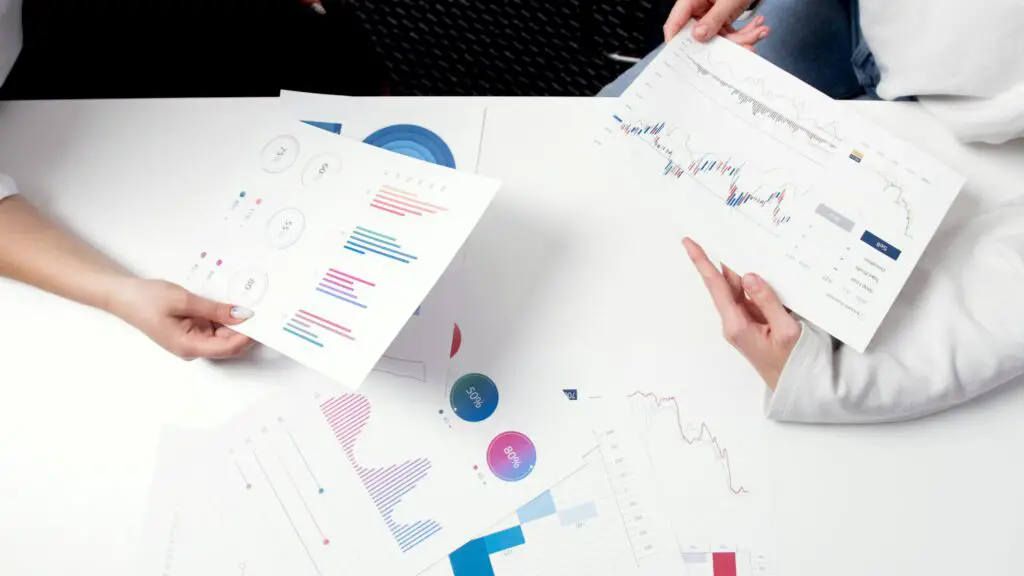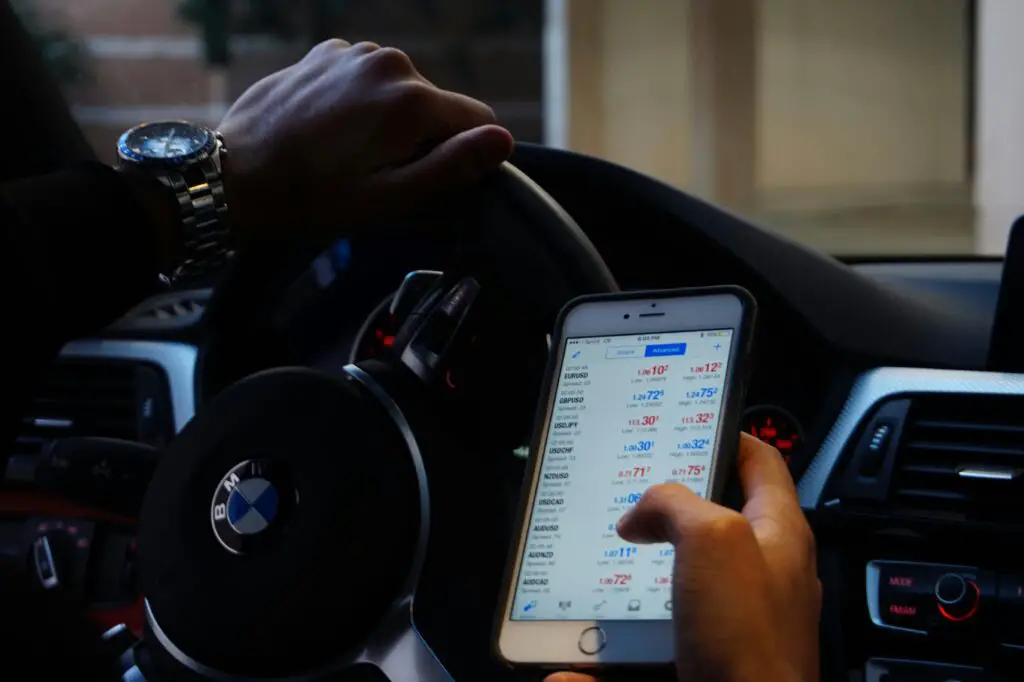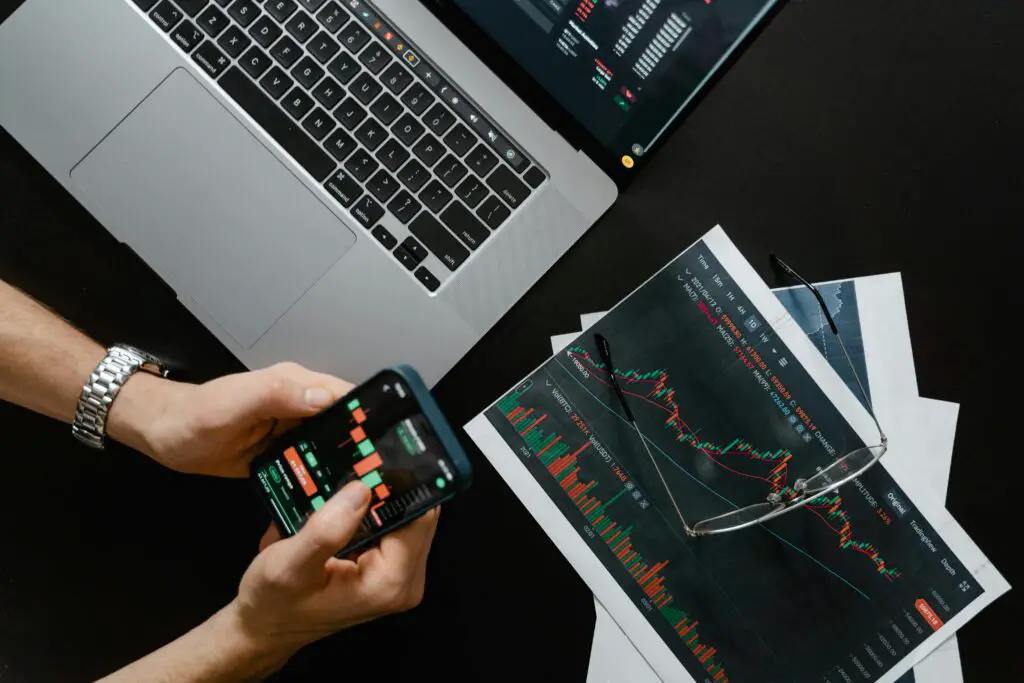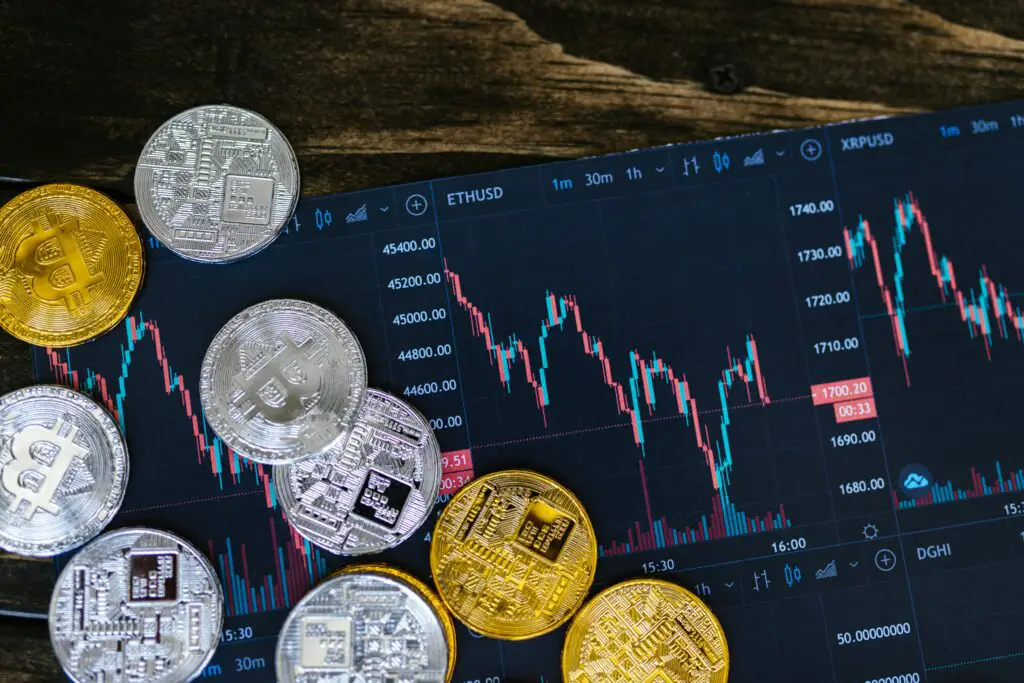Forex is the biggest and most active market in the world. Every day, trillions of dollars are traded. Asking prices is one of the most essential ideas in forex trading, and every trader needs to understand it to do well in the market. This detailed guide will explain the complicated process of asking for a price, what it means in forex trading, and how to make intelligent trading decisions.

How much does it cost?
The asking price, sometimes called the offer, for buying a currency p is as a. This is the bid-ask p. because it shows how much it currently costs to buy the currency pair.
The Spread Between Bid and Ask
To fully understand the asking price, you must understand what the bid-ask range means. The bid-ask spread, or the price traders pay for each deal, is integral to forex trading. It changes based on trade hours, the volatility of the currency pair, and the amount of money in the market. Well-known currency pairs like EUR/USD and GBP/USD usually have low spreads because they are very active. On the other hand, exotic pairs may have wider excellent spreads, meaning less liquidity and more instability.
Why the Ask Price Is Important
For several reasons, the asking price is significant:
Orders to Buy: An order is placed at the asking price in the trading market. Knowing the asking price helps traders estimate the cost of starting a trade.
Spread Costs: Traders must account for the difference in price between the ask and bid. When trading costs decrease, the spread gets smaller, significantly affecting profits, particularly for high-voltage dealers.
Market Sentiment: The asking price can also tell you about the market’s mood. A wider gap, for example, could mean that there is not enough liquidity or that the market is unstable, while a decreasing spread means more stability and liquidity.
Things that affect the asking price
Several things affect the asking price in the forex market:
Market Liquidity: Ask prices and gaps tend to get smaller when there is more liquidity in the market. Most of the time, asking prices for big currency pairs that trade a lot is more competitive.

Economic Indicators: When financial data like GDP growth, job data, and inflation reports emerge, the asking price can change dramatically. Traders often move quickly in response to these signs, which changes spreads and market liquidity.
Geopolitical Events: The asking price on the forex market may change because of political events like wars, elections, or trade talks. When the government is not steady, spreads may grow, and prices may go up.
Trade Times: The forex market is open 24 hours daily, but liquidity changes daily. With more trading activity during busy trading times, like in London and New York, spreads tend to be tighter, and prices are better.
How to Look at the Ask Price
To determine the asking price, you must know how the market is doing and use technical and fundamental research tools. Take a look at these strategies:
Technical analysis uses signs and past price data to guess how prices will move. Moving averages are some signs traders can use to find trends and possible entry points.
Fundamental analysis predicts currency changes based on interest rates, economic data, and events. Knowing about the economy as a whole might help you guess how the selling price will change in the future.
Some trading sites show supply and demand at different price points, a phenomenon called “market depth.” Traders might find this helpful in learning about availability and how prices move.
Trading Plans Based on the Ask Price
To successfully trade forex, you need a plan that considers the ask precedent. Take a look at these ideas:
Scalping: With this strategy, you make many small moves to profit from small price changes. Traders do better when spreads are tight, but they must keep an eye on the asking price to save money.
Traders who start and end trades on the same day are called “day traders.” They often look at the asking price to decide when to buy or sell, and they use both primary and fundamental analysis to predict short-term price changes.

Swing trading lets you profit from short—to medium-term market changes by holding positions for a few days or weeks. Swing buyers look at longer-term trends and use the asking price to determine the best times to buy or sell.
Position trading: These traders focus on long-term trends and keep their options open for weeks, months, or even years. They consider the selling price in light of more significant economic and political changes.
Taking care of the risks that come with the asking price
For forex dealers, it is essential to understand and handle the risks that come with asking for a price. Here are some ways to deal with risk:
Use Stop Loss Orders: This will lower the money you could lose. A stop-loss order instantly ends the trade when the price hits a certain level. Setting a stop loss at the right amount can help you handle the risks of changes in the asking price.
Limit orders let buyers say what price they want to buy at instead of market orders, which are carried out immediately at the asking price. This can help prevent aggressive price asks from happening when the market is unstable.
Diversification: Spreading your trade portfolio across several currency pairs can lessen the effect of lousy price changes in any pair, reducing the general risk of the asking price.
Keep up with market news: Central bank policies, economic data, and geopolitical changes can help you better predict when the asking price will change. This allows sellers to adjust their strategies whenever they need to.
Technology-based ways to keep an eye on the asking price
These tools are available on modern trading platforms to help traders successfully track and analyze the asking price:

Real-Time Quotes: To make intelligent buying decisions, you need to be able to see real-time price quotes. Most trade systems show the real-time bid and ask rates for different currency pairs.
Price Alerts: Traders can stay updated on notable changes in the selling price by setting up price alerts. Traders can set up alarms to inform them when the asking price reaches a certain level.
Tracking Tools: Traders can use advanced tracking tools to see how prices change, including the asking price. These tools often have drawing tools and markers that can be changed for technical analysis.
This page has an economic schedule that shows when critical economic events and data are due to be released. This helps sellers plan their deals and guess how changes might affect the price being asked.
How brokers decide what the “ask” price is
Brokers are significant in setting the asking price in the forex market. Brokers come in two main types:
This type of trader, also known as a market maker, sets its own ask and bid prices. They act as both sides of deals made by their clients, which can widen spreads.
Brokers without a dealing desk have several liquidity sources. This gives them direct access to the interbank market, which usually lowers the ask prices and narrows the gaps.
In conclusion
To succeed at forex dealing, you need to know the asking price. It changes the cost of trade, how quickly buy orders are filled, and the overall mood of the market by making intelligent decisions, managing the risks that come with them, and using technical and fundamental studies to look at the asking price. Maintaining market trends and using modern trading tools can help you deal better. The forex market constantly changes, so a professional investor must know the asking price.

